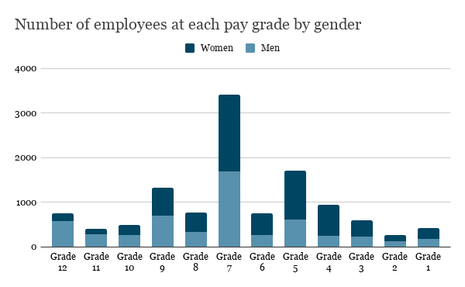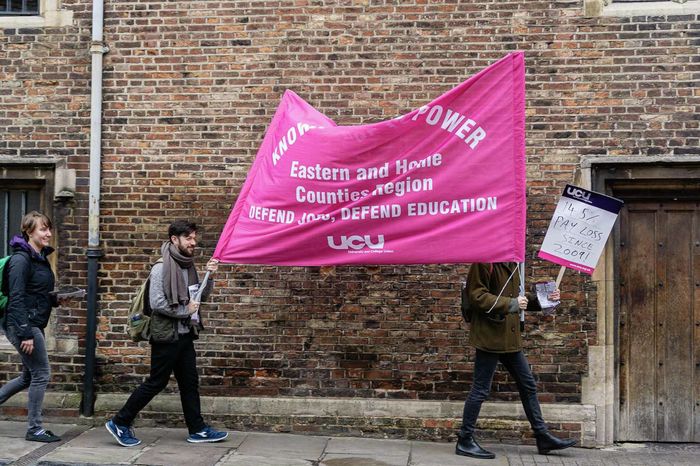Inequality in pay and opportunity continues for female Cambridge employees, study finds
The 2020 Equal Pay Review found improvements since 2018, but the gender pay gap continues

The Equal Pay Review for 2020 has identified some improvements in the pay and opportunities for women employed by the University, but showed that there is still progress to be made in closing the gender pay gap and improving the proportion of female academic staff and women in the highest of the 12 pay grades.
The study focuses on three broad areas: gender representation and salary averages; salaries for new employees, and additional payments, looking at data for the 12 month period ending on March 31 2020.
The data revealed a mixture of improved, worsened and unchanged prevalence of equality for women, who occupy 53.4% of positions, an improvement since 2018.
Men continue to occupy a higher proportion of higher-paid positions and receive a higher number of additional payments, of higher value to those given to women. The report found that the gap in the value of these additional payments has increased since 2018.
The basic pay gap (a person’s salary excluding any additional payments) is currently 16.9%, the lowest since the first Equal Pay Review, and the total pay (a person’s salary including additional pay) stands at 18.8%. This is an improvement on 23.4% and 24% respectively since 2008.
Additionally, men in all pay grades continue to be more likely to be appointed above the minimum grade than women, with women being in the minority in the highest four pay grades (9-12).

The report also identified some disparity in the types of roles held by women: the staff category with the lowest proportion of female workers is academic, with positions ranging from pay grades 5 to 12, with 31.6%, an increase of 2% since 2016. The second lowest is research, with 46.9% of staff being female, an increase of 0.3%.
A higher proportion of women occupy part-time positions than men, with 16.3% versus 5.3%.
This is the eighth Equal Pay Report to be published by the University, with its first publication in 2008. Such reports were recommended as an effective means of working towards and ensuring equal pay in the Code of Practice from the Equality and Human Rights Commission in 2011.
In the later sections of the report, progress on the recommendations made in 2018 is outlined, as well as further recommendations being made.
The need to investigate means of addressing the gender balance, especially for women at senior pay grades, was featured in both the 2018 and 2020 recommendations.
In 2018, the University revealed plans to introduce a mandatory gender pay gap reporting system, which has since been fully established. Some of the aims in the 2020 report include looking into how that system can be fully utilised in relation to the Equal Pay Review.
Alongside this, the University will continue to investigate the trend of men occupying a higher proportion of higher-level roles, an aim also featured in 2018.
In the preamble to the findings in the Cambridge Reporter, the University is said to be “committed to the principles of equal pay for work of equal value, freedom from discrimination and recognition and reward of the University’s staff as its greatest asset.”
 News / Uni Scout and Guide Club affirms trans inclusion 12 December 2025
News / Uni Scout and Guide Club affirms trans inclusion 12 December 2025 News / Cambridge Vet School gets lifeline year to stay accredited28 November 2025
News / Cambridge Vet School gets lifeline year to stay accredited28 November 2025 News / Cambridge study finds students learn better with notes than AI13 December 2025
News / Cambridge study finds students learn better with notes than AI13 December 2025 Science / Did your ex trip on King’s Parade? The science behind the ‘ick’12 December 2025
Science / Did your ex trip on King’s Parade? The science behind the ‘ick’12 December 2025 News / Pembroke to convert listed office building into accom9 December 2025
News / Pembroke to convert listed office building into accom9 December 2025









